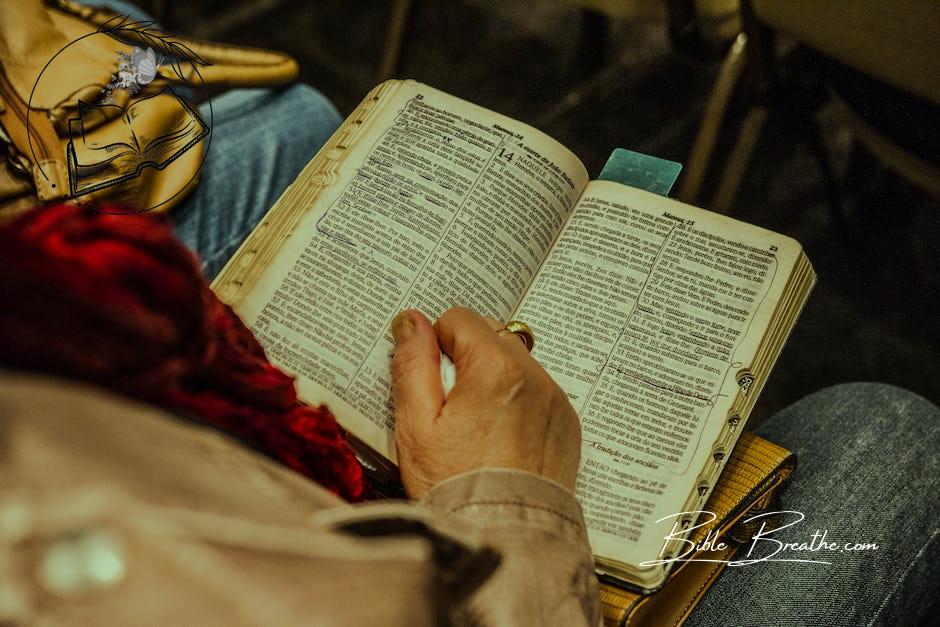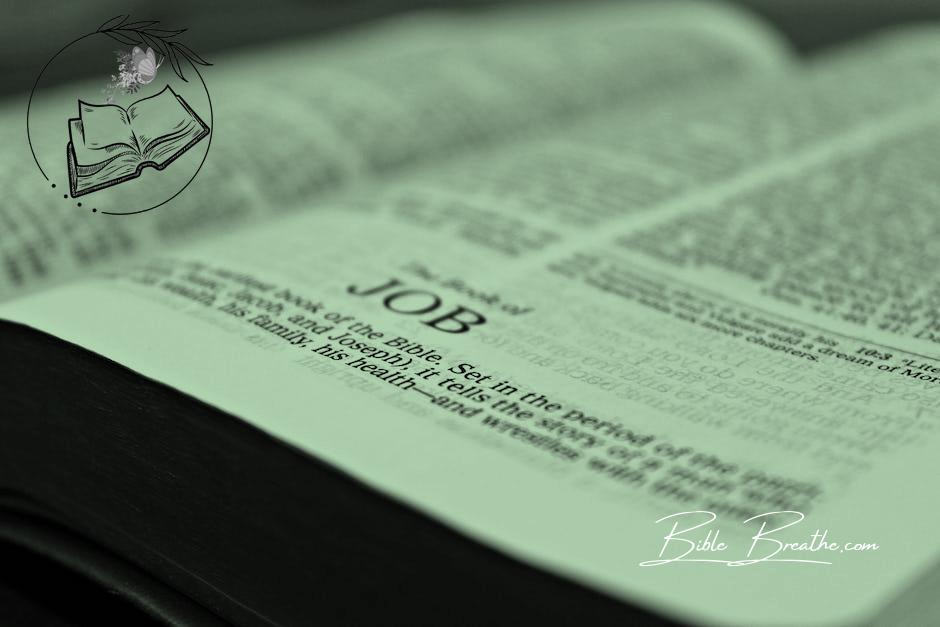Who in the world is God’s sister in the Bible, y’all?
I mean, that’s a head-scratcher, right?
When we talk Bible, we’re often deep-diving into heavy hitters like Moses, Aaron, and some incredible women like Hannah, Elizabeth, and Mary.
But you might be thinking, “PASTOR Michael, what’s all this about ‘God’s sister’?
I don’t remember that in Sunday school!”
Well, you’re absolutely right; there ain’t no direct mention of “God’s sister.”
But let me break it down for you in a way that hits home.
In the Bible, we got some powerful women like Miriam, and her story’s worth celebrating.
She was there alongside Moses, leading the way, tambourine in hand, when they danced by the Red Sea.
She wasn’t God’s sister, but she was God’s champion!
So, today, we’re on a journey to explore these incredible ladies, their prayers, their temple visits, and the songs they sang.
We’ll see how they fit into the grand tapestry of God’s plan.
It’s like going from the old-school days of Miriam to the remarkable Mary and the influence of other strong women like Elizabeth.
So, grab your Bible, y’all, and let’s dive into this fascinating world of biblical sisterhood and the unsung heroes who shaped history!
🌟
Key Takeaways
-
It’s crucial to understand biblical characters in their historical and cultural context. While the Bible does not mention a “God’s sister,” it highlights the importance of examining scripture with a keen awareness of the social, cultural, and religious norms of the time.
-
Women play significant roles in biblical narratives, often influencing the course of events and displaying remarkable faith and resilience. Their stories, though sometimes overshadowed by male figures, are vital in understanding the broader message of the Bible and the diversity of experiences within the text.
-
The concept of sisterhood holds cultural significance in biblical times, reflecting the bonds of kinship and support among women. Sisters like Mary and Martha, the sisters of Lazarus, demonstrate the strength of familial relationships and the deep emotions experienced during times of joy and sorrow.
-
While the Bible does not mention a “God’s sister,” it does provide insights into God’s relationship with humanity, often depicted in familial terms. God is portrayed as a father, a shepherd, and a husband, emphasizing the nurturing, protective, and guiding roles attributed to Him.
-
In exploring the Bible’s narratives and characters, it is essential to recognize the diversity of roles, relationships, and experiences, both among men and women. This comprehensive understanding allows readers to appreciate the depth and complexity of biblical stories and their relevance to contemporary faith and culture.
Miriam: More Than Just a Sibling

Photo modified by BibleBreathe.com. Original photo by Eduardo Braga on Pexels
Now, let’s dive into the intriguing world of Miriam, a central figure in the Bible who also happened to be the elder sister of Moses and Aaron.
In the grand tale of the Bible, relationships aren’t mere connections of blood and bones; they’re threads intricately woven into a divine tapestry.
Miriam: The Guiding Light
Miriam isn’t just any sister.
She’s like a lighthouse on a stormy night, casting her reassuring glow over her brothers, Moses and Aaron.
Picture this: as they journeyed through the wilderness, she was right there, illuminating their path with her wisdom and fortitude.
“And Miriam the prophetess, the sister of Aaron, took a timbrel in her hand; and all the women went out after her with timbrels and with dances.” – Exodus 15:20 (KJV)
A Harmony of Three
Think of a harmonious musical trio, each note contributing to a beautiful melody.
That’s Miriam, Moses, and Aaron in the biblical narrative.
Moses, the fearless leader; Aaron, the eloquent speaker; and Miriam, the steadfast sister.
Together, they orchestrated a symphony of faith and liberation, guiding the Israelites toward their promised land.
Beyond Blood: Spiritual Sisterhood
Miriam’s influence isn’t limited to her family tree; it resonates through the vast corridors of biblical sisterhood.
She becomes a symbol of strength, wisdom, and compassion, qualities shared by many other remarkable biblical women like Hannah, Elizabeth, and Mary.
They all played unique roles in the divine plan, bound together by their faith.
Miriam’s significance transcends generations, reminding us that our actions, whether as siblings or friends, can have a profound impact.
Just as Miriam’s deeds echoed through the Exodus, our actions can reverberate through our communities, leaving an everlasting mark on the world.
In this inspiring tale of faith, sisterhood, and liberation, Miriam’s role stands as a testament to the power of family and faith.
Her journey encourages us to reflect on the impact we can make, not only within our immediate families but also within the broader human tapestry.
Divine Sisterhood: Women of Faith in the Bible

Photo modified by BibleBreathe.com. Original photo by Pixabay on Pexels
In the grand tapestry of the Bible, women emerge as radiant stars, their stories brimming with strength, faith, and grace, even in the face of daunting trials.
From the narratives of Hannah, Elizabeth, to Mary, these remarkable women forged unique bonds with God, unveiling the sacred tapestry of sisterhood.
Hannah: The Woman of Unshakable Faith
Picture this: Hannah, like a tiny seed breaking through tough soil, sprouted hope despite her barrenness.
Her prayers in the temple weren’t just words; they were heartfelt conversations with God, a trust-filled dialogue.
“In the bitterness of her soul, she prayed unto the LORD, and wept sore.” – 1 Samuel 1:10 (KJV)
Elizabeth: Embracing God’s Impossible Promise
Elizabeth, in her twilight years, gave birth to the promised son, the one destined to prepare the way for the Messiah.
Her story shouts God’s faithfulness in fulfilling promises, even when circumstances appear insurmountable.
“For with God, nothing shall be impossible.” – Luke 1:37 (KJV)
Mary: The Chosen Vessel
Now, think of Mary, a young maiden chosen to carry the very Son of God, like a gentle river bearing a divine message.
She embraced her role with grace, embodying faith and humility.
“Mary said, ‘Behold the handmaid of the Lord; be it unto me according to thy word.'” – Luke 1:38 (KJV)
In their unique ways, these women paint the essence of biblical sisterhood, each weaving an essential thread into the tapestry of faith and redemption.
Their lives embody the beauty of trusting and obeying God’s plan, shining a light on the extraordinary impact women can have in fulfilling divine purposes.
As we delve into the stories of Hannah, Elizabeth, and Mary, we witness the immense power of faith, prayer, and unwavering trust in God.
Their lives serve as a guiding beacon, illuminating the path of righteousness and reminding us that within the sacred scriptures, the essence of true sisterhood and unwavering faith is intricately woven.
Sisters in the Biblical Tapestry: Weaving Relationships

Photo modified by BibleBreathe.com. Original photo by Trung Nguyen on Pexels
Picture this: in the intricate fabric of ancient societies, the term ‘sister’ was like a thread carefully woven with cultural nuances and societal roles.
Just like threads in a well-crafted garment, sisters had distinct positions and held great significance.
Cultural and Societal Roles of Sisters
Back in biblical times, sisters were the caretakers, the nurturers, and the guardians of family traditions.
The bond between siblings, especially sisters, was cherished and seen as enduring.
It was a bond that stood the test of time.
“I am my sister’s keeper.” – Song of Solomon 8:1 (KJV)
Biblical Sisters: Miriam, a Prime Example
Let’s focus on Miriam, the sister of Moses and Aaron.
She’s a shining example of the importance of sisterhood in the Bible.
Miriam displayed immense courage and resourcefulness as she watched over her baby brother Moses in a basket, floating on the Nile River.
Her actions, much like a protective sister’s embrace, ensured Moses’ safety and set the course for his destiny.
The Deeper Meaning of Sisterhood
Now, let’s dive deeper.
‘Sister’ in the Bible isn’t just about biological siblings; it metaphorically signifies closeness and communion.
The church, often referred to as the bride of Christ, is also seen as a sister to Jesus Christ.
This symbolism reveals a profound spiritual connection, emphasizing unity and unwavering devotion.
“There is neither Jew nor Greek, there is neither bond nor free, there is neither male nor female: for ye are all one in Christ Jesus.” – Galatians 3:28 (KJV)
When we reflect on the concept of ‘sister’ in biblical times, we uncover a rich tapestry of relationships and symbolic meanings.
Sisters, whether in flesh or spirit, embody bonds that are meant to be treasured and safeguarded.
They represent the enduring strength of family, community, and faith.
Frequently Asked Questions (FAQs) About Who Is God’S Sister In The Bible
Was Miriam considered God’s sister?
Yes, Miriam is considered Moses’ sister and, therefore, she is sometimes referred to as God’s sister in a figurative sense, as she played a significant role in the Exodus story and was a prophetess.
Who are the prominent female figures in the Bible?
Prominent female figures in the Bible include Mary, Esther, Ruth, and Deborah.
They played vital roles in God’s plan, demonstrating courage, faith, and leadership.
How do biblical sisters influence modern interpretations of sisterhood?
Biblical sisters such as Mary and Martha portray diverse characteristics and relationships.
Their stories offer lessons in loyalty, support, and individuality, contributing to modern interpretations of sisterhood.
These narratives emphasize the value of unique identities and the strength found in the bonds of sisterly support and compassion.
{
“@context”: “https://schema.org”,
“@type”: “FAQPage”,
“mainEntity”: [
{
“@type”: “Question”,
“name”: “Was Miriam considered God’s sister?”,
“acceptedAnswer”: {
“@type”: “Answer”,
“text”: “Yes, Miriam is considered Moses’ sister and, therefore, she is sometimes referred to as God’s sister in a figurative sense, as she played a significant role in the Exodus story and was a prophetess.”
}
},
{
“@type”: “Question”,
“name”: “Who are the prominent female figures in the Bible?”,
“acceptedAnswer”: {
“@type”: “Answer”,
“text”: “Prominent female figures in the Bible include Mary, Esther, Ruth, and Deborah. They played vital roles in God’s plan, demonstrating courage, faith, and leadership.”
}
},
{
“@type”: “Question”,
“name”: “How do biblical sisters influence modern interpretations of sisterhood?”,
“acceptedAnswer”: {
“@type”: “Answer”,
“text”: “Biblical sisters such as Mary and Martha portray diverse characteristics and relationships. Their stories offer lessons in loyalty, support, and individuality, contributing to modern interpretations of sisterhood. These narratives emphasize the value of unique identities and the strength found in the bonds of sisterly support and compassion.”
}
}
]
}
Matt Turner
I’m Matt, and I love breaking down Bible verses in a way that’s easy to understand and apply to everyday life. My goal is to help you connect with God’s Word and find practical ways to live it out. Whether you’re new to the Bible or just looking for some fresh insights, I’m here to walk with you and share what I’ve learned along the way.

